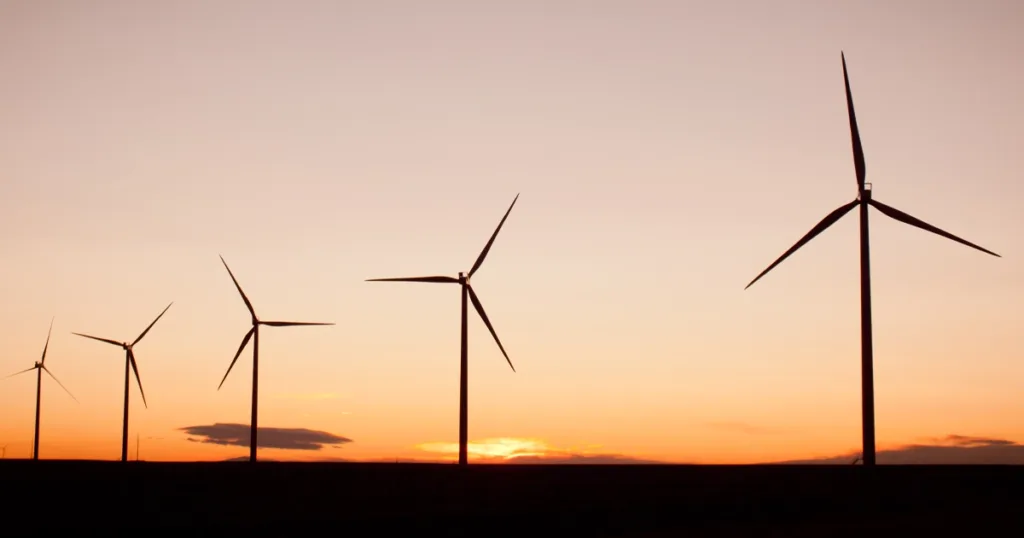China’s US Landownership: Geopolitical Risks & Impact
China’s US Landownership: Geopolitical Risks & Impact
By News Desk

LR_Chinalandownership-01
LACK OF COHERENT GOVERNMENT POLICY. The purchase of 300 acres near Grand Forks Air Force Base in North Dakota by a Chinese company in 2021 triggered alarm bells. But it took years for the acquisition of more than 140,000 acres near Laughlin Air Force Base in Texas by a Chinese executive with Communist party ties to raise eyebrows.
Chinese Landownership in the United States:
Geopolitical Concerns and Strategic Implications
Chinese landownership in the United States currently totals 383,934 acres. This stake has become a flashpoint in geopolitical tensions between the two countries. Concerns have arisen that Chinese-owned land could enable the Chinese government, through corporate entities it controls, to exert influence over US assets or gain access to sensitive information. This on-going story is the focus of an in-depth report from National Public Radio authored by Ximena Bustillo and Connie Hanzhang Jin.
Rising Concerns Over Chinese Land Acquisitions
In 2021, concerns amplified when a Chinese company purchased land near an Air Force base in North Dakota, intensifying fears that Beijing could leverage such investments to influence critical US infrastructure, including food and energy supplies.
Uncertainty Around Data on Chinese-Owned Land
Gaps in data on where Chinese-owned land is located cause further uncertainty. In the instance of the North Dakota transaction, the government agency that must approve such purchases said at the time that it could not act because the matter was “out of its jurisdiction.” This lack of clarity is troubling due to the proximity of some Chinese-owned properties to military installations, raising fears of espionage or interference with US operations.
Challenges with Monitoring Foreign Landownership
The USDA, which monitors foreign land ownership, relies on self-reporting, raising questions about the accuracy and completeness of the data. Lawmakers are advocating for reforms to improve transparency and restrict Chinese acquisitions, especially in sectors considered critical to national security.
Expert Opinions on National Security Risks
Craig Singleton, a senior fellow at the Foundation for Defense of Democracies, warns that Chinese telecommunications equipment on these lands could be used to disrupt military communications. He urges a freeze on additional Chinese land acquisitions until a comprehensive risk assessment is completed.
Mark Kennedy, director of the Wilson Center’s Wahba Institute for Strategic Competition, illuminates the risks posed by Chinese companies due to China’s legal framework, which allows the government to access information held by corporations and individuals. This legal structure, he notes, creates a perception that any Chinese-owned asset in the US could be leveraged by the Chinese Communist Party.
Scale of Chinese Landownership in the US
Chinese landownership in the US remains modest at best. According to the US Department of Agriculture (USDA), Chinese investors and corporations own less than 1 percent of foreign-owned land. Overall, the country ranks 18th with less than 400,000 acres. By comparison, Canadian entities own more than 12 million acres and are the largest foreign landowner in the US. Yet, the strategic nature of Chinese acquisitions — particularly near sensitive military sites — has drawn heightened scrutiny.

MAINE’S LARGEST LANDOWNER. With 1,267,792 acres in the Pine Tree State, Canada’s J.D. Irving Company ranked No. 6 on the Land Report 100.
Notable Chinese Investors in US Land
Tianqiao Chen, the founder of Shanda Group, ranks 82nd on the Land Report 100, the magazine’s annual survey of America’s leading landowners, with 198,000 acres of timberland in Oregon. In Texas, Sun Guangxin acquired more than 100,000 acres with the stated ambition of developing a wind farm. That venture was quashed by the passage of the Lone Star Infrastructure Protection Act by the Texas Legislature, which prohibits entities from China, Russia, Iran, and North Korea from accessing the state’s electrical grid.
The Broader US-China Relationship
The debate over Chinese land ownership reflects broader challenges in managing the US-China relationship — a complex interplay of economic interdependence and strategic competition. While there is bipartisan support for restricting Chinese land acquisitions, there is also concern about ensuring that such measures do not inadvertently fuel xenophobia. As Congress considers these issues, the challenge of balancing national security with economic openness remains unresolved.

LONE STAR INFRASTRUCTURE PROTECTION ACT. A 2021 Texas law prohibits entities from China, Russia, Iran, and North Korea access to critical infrastructure.
A complete version of the National Public Radio story was licensed by The Land Report and published in The Land Report Summer 2023.




